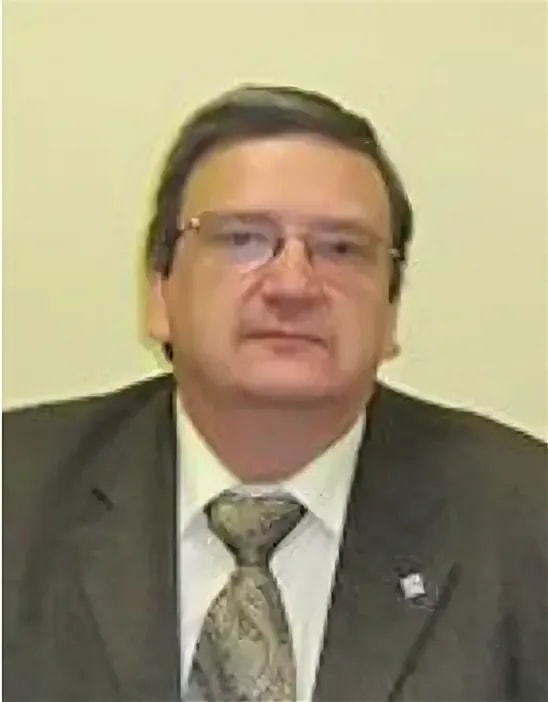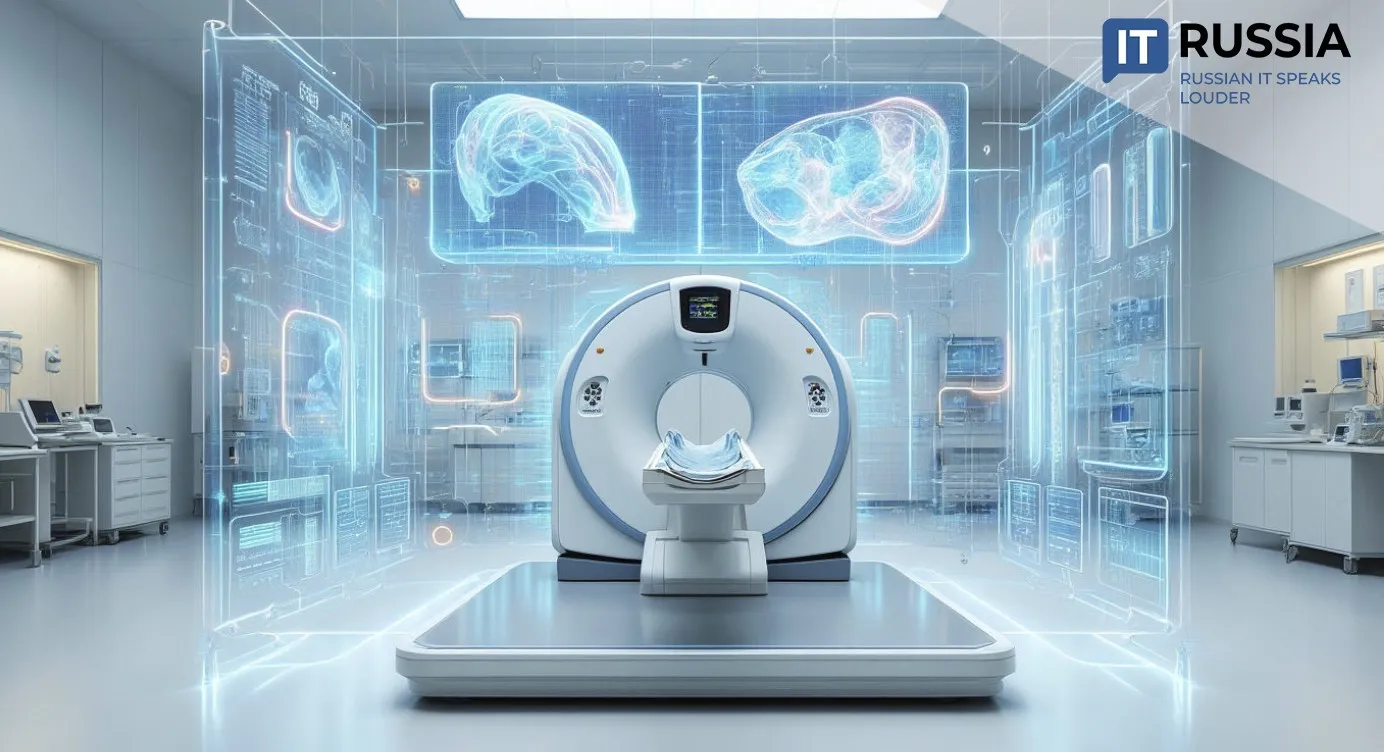A New Approach to Fracture Treatment: Russian Scientists Develop Shape-Memory Orthosis
Researchers at Perm Polytechnic University have unveiled a revolutionary solution for post-injury rehabilitation — a ‘smart’ orthosis with shape memory. Designed to ensure ideal fixation without impairing blood flow, the innovation highlights how Russian medtech is setting new standards in global healthcare engineering.
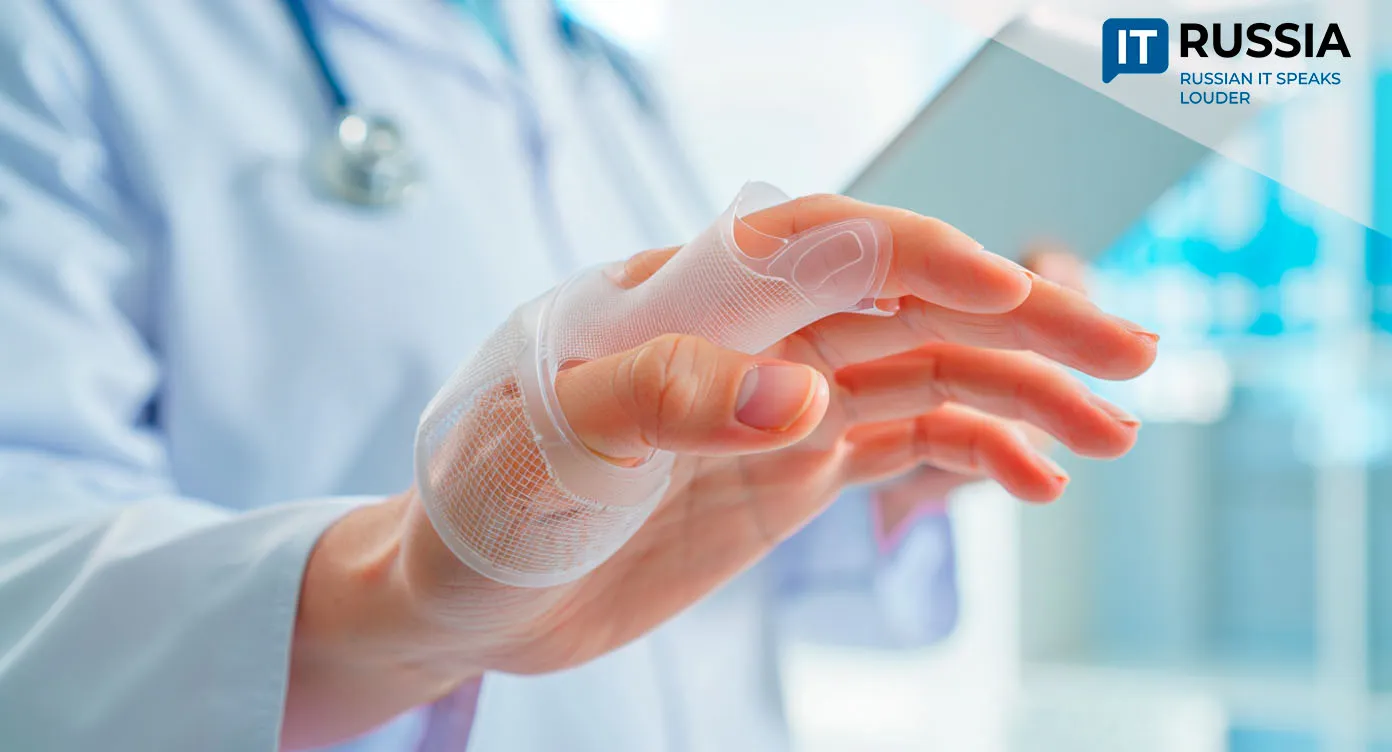
Smart Fixation Redefined
Scientists at Perm National Research Polytechnic University have developed a medical device that could redefine post-fracture rehabilitation. The new smart finger orthosis features a shape-memory structure, based on an innovative mathematical method known as the 'helical winding principle.' This approach enables precise modeling of the ‘finger–bandage–orthosis’ interaction and ensures optimal pressure that stabilizes the injured area without disrupting circulation.
It is not merely an upgrade of existing technologies but a fundamentally new concept emerging at the intersection of materials science, biomechanics, and digital modeling — a testament to how deep research translates into practical, patient-centered medical solutions.
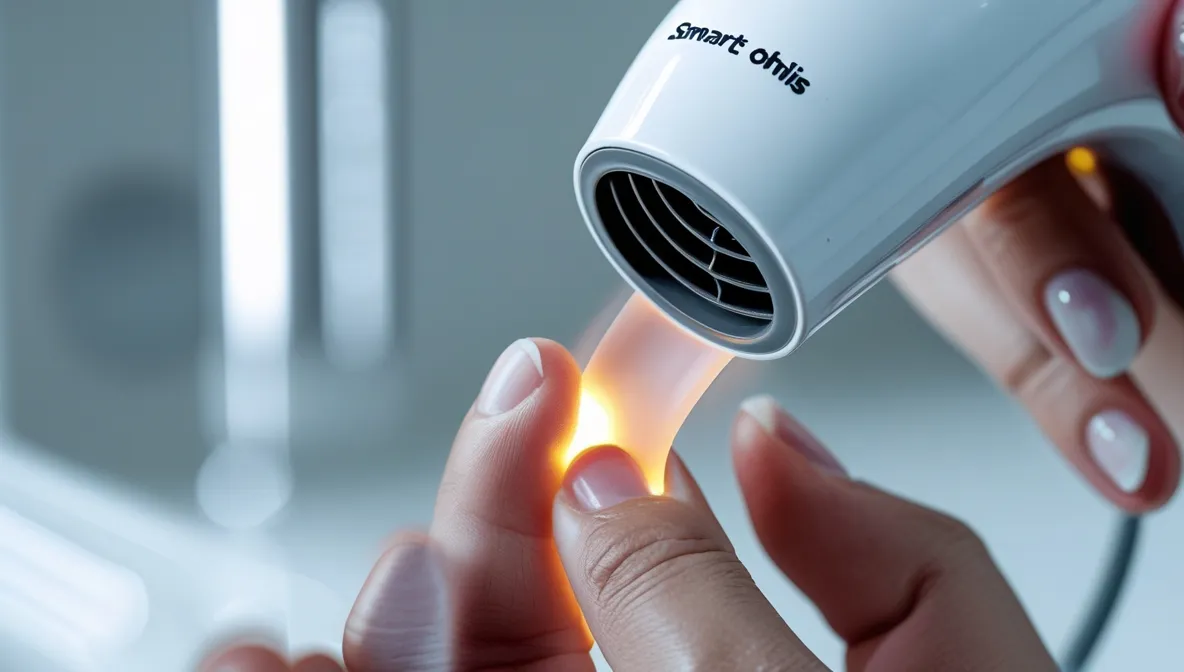
From Plaster Casts to Intelligent Polymers
Finger fractures account for nearly one-third of all everyday and sports-related injuries. Traditional plaster or rigid splints, though reliable, often cause discomfort and limit mobility. They immobilize adjacent joints and fail to adapt as swelling subsides, which can lead to misalignment and prolonged recovery.
The Perm team’s solution is both elegant and efficient. The orthosis is made from cross-linked polyethylene — a thermoshrinking polymer with inherent shape-memory properties. Once heated to 60–70°C, the pre-expanded tube gently conforms to the finger’s anatomy, creating a custom-fit stabilizing frame within minutes. The result is a lightweight, breathable, and perfectly contoured device tailored directly on the patient’s hand.
Precision Through Mathematics
The breakthrough lies not only in the material but also in the scientific rigor behind its design. Using the helical winding method, the researchers built a detailed 3D computational model to simulate pressure distribution. Their key finding: maintaining compression within the 8–10 kPa threshold prevents circulatory impairment while ensuring stable fixation.
This transforms orthotic application from an empirical practice into an exact science. Physicians receive not just a device but a validated methodology — a digital guideline for safe and precise immobilization adaptable to any patient profile.

From Medical Innovation to Technological Sovereignty
The development at Perm Polytechnic is part of a broader movement in Russia toward independent, high-tech medical innovation. It complements a growing ecosystem of startups and research groups, such as Motorika, which produces bionic prosthetics; Sechenov University’s programmable joint orthoses; and Samara Medical University’s smart leg braces. Khabarovsk-based Medpribor has also begun producing custom orthopedic correctors for the foot.
Together, these projects demonstrate that Russia has built a critical mass of expertise to create globally competitive medtech based on its own research, not imported designs.
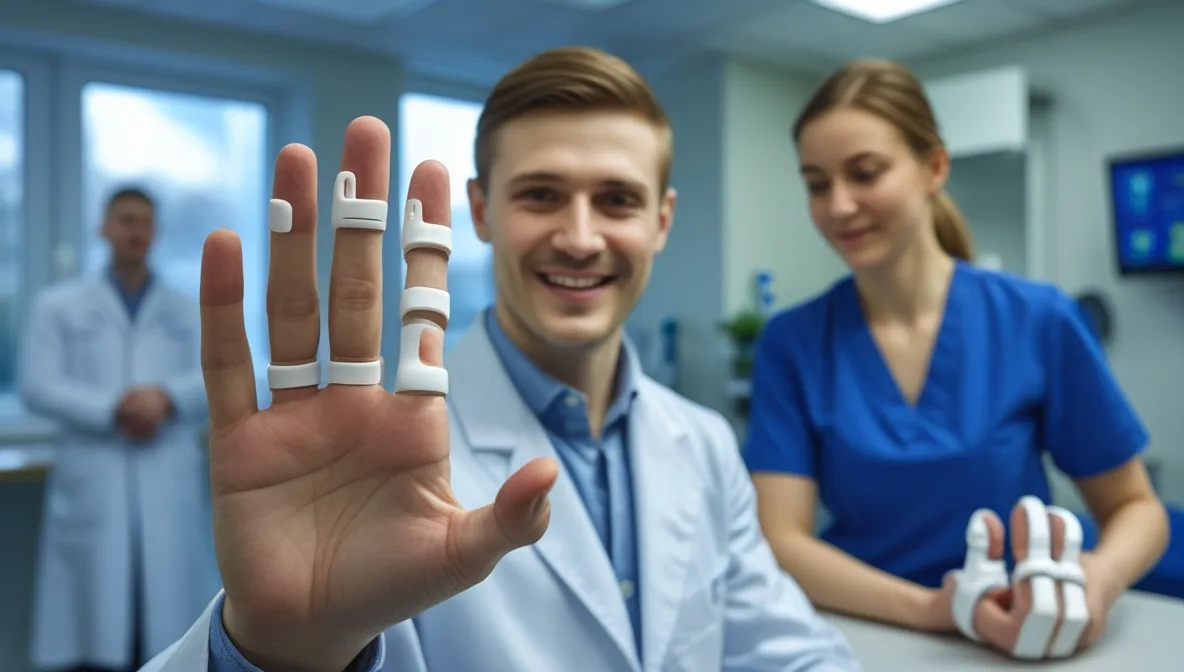
Future Outlook and Strategic Value
The implications are significant. For millions of patients, it means faster recovery, improved comfort, and preservation of fine motor function. For the healthcare industry, it represents a path toward reduced dependence on foreign medical devices and the strengthening of Russia’s domestic manufacturing base. Clinical trials are expected to conclude within 1–2 years, followed by early deployments across clinics.
Within 3–5 years, the technology could evolve into a full product line of adaptive orthoses for wrists, elbows, and ankles. Integration with Internet of Things (IoT) technologies could enable real-time monitoring of pressure and tissue health, paving the way for personalized tele-rehabilitation.
Long term, this innovation positions Russia as a key player in the global medtech market — offering not just devices, but ecosystems of recovery and rehabilitation technologies.


